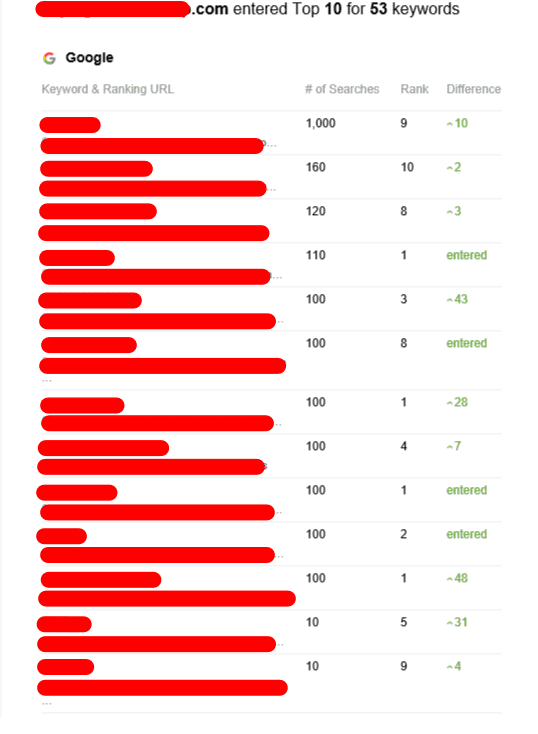Tiered Link Building
Tiered link-building is a popular SEO strategy to build backlinks that increase your website's PageRank. It is a black-hat strategy however, and could result in penalties from Google.
First-tier backlinks can be considered to be relevant high-quality, high-quality links that bring lots of PageRank to your website. They typically come through guest posts, press releases and social media profiles and directories.
Tier 1
Tiered link building can help you increase the authority of your website by linking to pages that are highly ranked on other websites. This is a powerful SEO technique that is known as link juice transfer. Link building can be done by hand or with automated tools. If you employ automation tools, it is important to adhere to the rules of Google's Webmaster guidelines. You could end up breaking Google's terms of services, and you could be penalized.

A first-tier backlink is dofollow link that transfers PageRank value from its parent site to its targeted website. You can acquire these links by experimenting with link outreach and by creating relevant content. It is ideal to acquire links from trustworthy sources that have a high domain authority. A first-tier link from Real Business, for example can be beneficial to your specific niche since it will transfer a lot of rank power to your website.
By pointing to guest blog posts posted by websites with higher rankings, you can improve your domain's authority. This is an effective way to improve your rankings, since it signals that you're in a good relationship with a site with a higher authority. These links are available through social media, forums and bio profile links. However, it is recommended to avoid using tier 2 backlinks on websites that offer content that is spammy.
Tier 2
Tier 2 backlinks are an excellent way to increase the effectiveness of existing links. These links can help you improve your position on Google and drive more visitors to your site. Tier 2 backlinks are also less expensive than links from the first tier. However, you should only build backlinks in tier 2 to pages that have a high authority on domains. Choosing the right link building strategy will ensure that your campaign is successful.
Quality is less important for links in the tier 2 than for the first-tier. You can also use hyperlinks from sites with less authority on domains, so long as they don't look like unnatural. backlink tier includes directories, review sites, and social bookmarking sites. It also includes forum links and web 2.0 links. It is crucial to avoid using automated tools when creating the tier 2 links because search engines can easily mark them.
When selecting a tier 2 donor website, it is important to select one that has an excellent reputation and is relevant to the subject you're writing about. If you write about digital agencies, for example, you should search for a website with a strong SEO profile and an extensive online audience. Otherwise, you might be in the wrong place and wasting your time. Therefore, it is best to choose a donor site with a DR of between 20 and 50 percent.
Tier 3
Tier 2 backlinks can be used to boost existing links with strong page power. They're also a great way to increase the authority of a new blog or website that needs some extra help ranking in Google. Be cautious when using Tier 2 backlinks. It is not recommended to use tier 2 links to link directly to the money site. Instead, it is best to build them only from quality sites that have a high domain authority.
Second-tier hyperlinks can be a mixture of dofollow and nonfollow links, and should originate from authoritative, relevant websites. This includes PBNs and article directories, forum discussions and social media posts and web 2.0 websites. However, it is important to remember that you must follow Google's guidelines when creating links on these kinds of websites.
Tier 3 backlinks are considered to be the low-quality links in your tiered link-building strategy. While they are typically nofollow links with low link equity, they could still help increase the authority of your domain site. This helps it rank higher in search engine results, which could bring more traffic and sales.
Many SEO practitioners are now employing tier-based link-building, but there are risks. It can be viewed as a grey-hat method that's in violation of Google guidelines and could lead to penalties. It may be effective in certain situations, however, it's crucial to do your research to find the best strategy for your company.
Risks
Tiered link building can be an unpopular strategy that could harm your website's search engine optimization. Tiered links are only useful when they're your only option for boosting your backlink profile and you have enough resources to accomplish this. Otherwise, you could end up spamming Google's algorithm and risking the possibility of being penalized.
Tier links can be risky especially when they are employed in a black-hat way. Black-hat methods are generally linked schemes that are only for a short time. In the end, either Google will be able to recognize the scheme or you'll simply get bored of performing maintenance on your fake backlinks and the whole thing will come crashing down.
Another problem with tiered links is that they can hurt your rankings by giving away too many link juice. If you're receiving too many links from low-quality websites your performance will go down. This happens when companies utilize automated tools to create excessive links.
Finally, tiered links are difficult to track and monitor. It is essential to choose a tool that allows you to view all the links that are in your backlink profile so that you can keep tabs on how they're doing. It's easy to ignore some links and lose out on their value. The good news is that there are plenty of ways to create your backlinks, and the results can last a long time.
